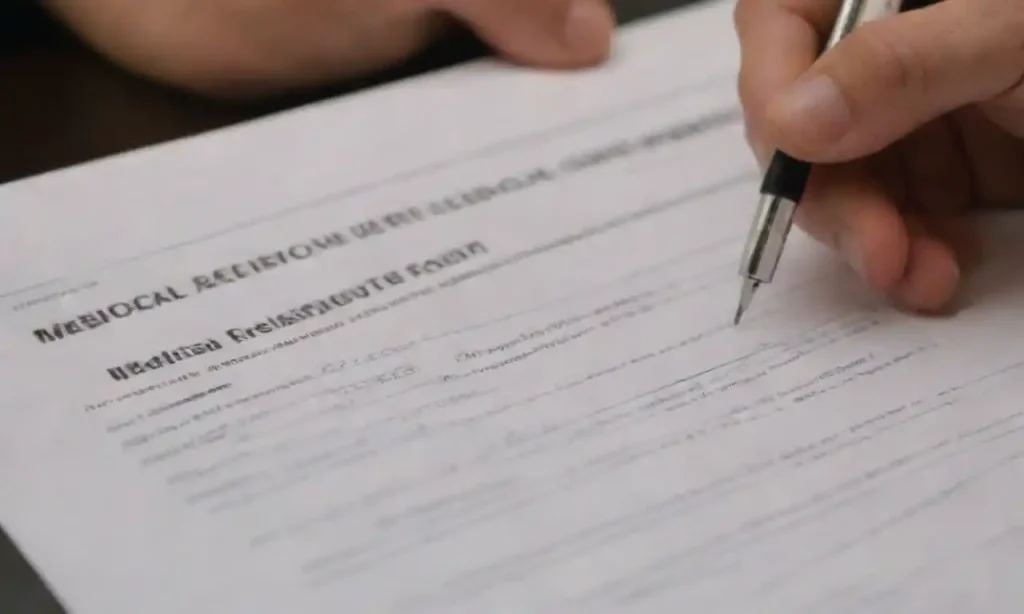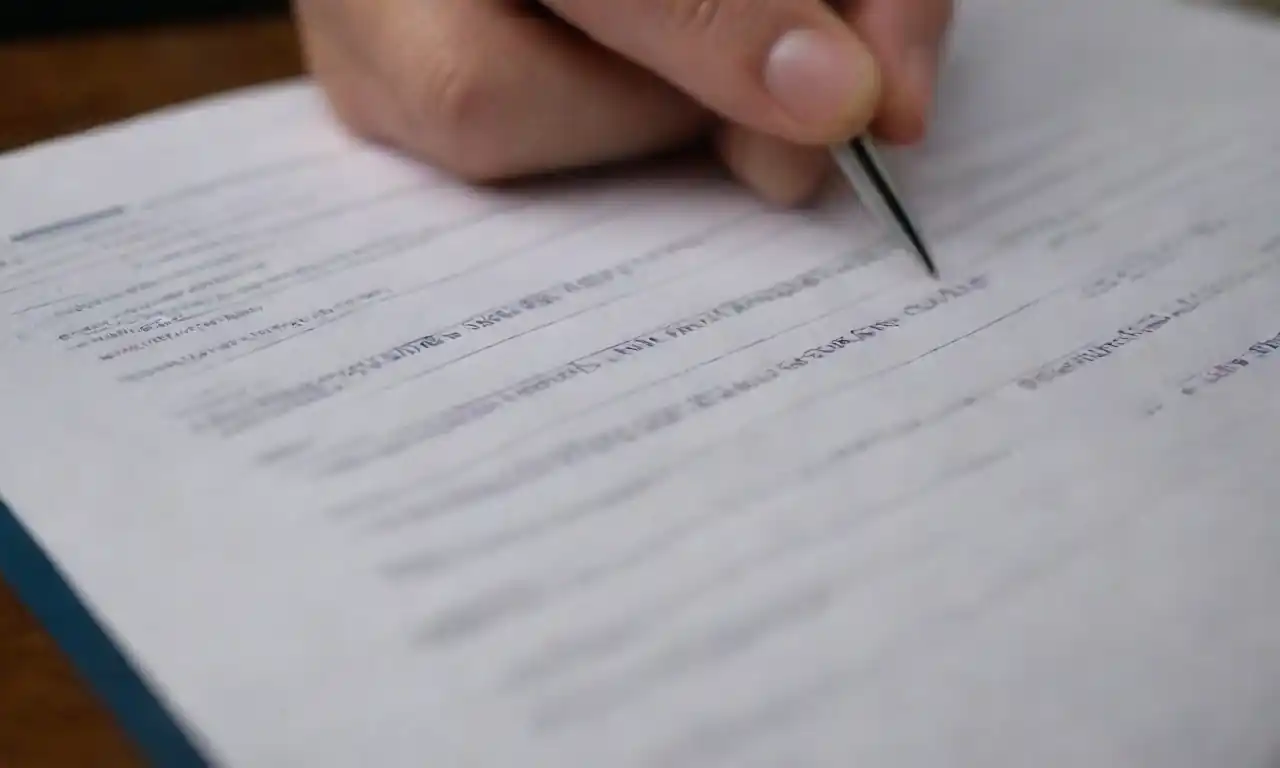What are the implications of signing medical releases

In today's complex healthcare landscape, understanding the implications of signing medical releases is paramount for patients and providers alike. The act of granting permission through a medical release form is often overlooked yet carries significant weight in how personal health information is managed, shared, and protected. With the rapid evolution of technology and the corresponding growth of digital health records, it becomes increasingly vital to comprehend both the benefits and potential risks associated with this practice.
This article will delve into the nuances of medical release forms, exploring the different types, their legal ramifications, and the privacy concerns that accompany them. Through this analysis, we aim to equip readers with the knowledge necessary to navigate their healthcare experience with greater confidence. Understanding the implications of these permissions can significantly enhance patients' control over their health information while ensuring they remain informed about how their data may be utilized within the medical community.
Understanding Medical Release Forms

A medical release form is a document that allows healthcare providers to disclose a patient's medical information to a third party, which can include other healthcare providers, insurance companies, or family members. Typically, these forms are used to facilitate sharing crucial health data necessary for treatment, billing, or care coordination. Understanding the structure of a medical release form is essential, as variations can exist based on jurisdiction or the specific requirements of healthcare organizations.
When a patient signs a medical release form, they generally authorize the release of specific information related to their medical history, treatments, and other personal health data. It can encompass everything from basic identification information to intricate details about diagnoses, treatment plans, and medications. This release is often necessary for continuity of care, allowing different healthcare providers to access relevant information to make informed decisions about a patient's health.
While the benefit of sharing medical information can enhance patient care, patients must be cautious about what they consent to disclose. The scope of the release should always be clearly defined: patients should be aware of exactly what information is being released, who will receive it, and for what purpose. This transparency is essential for maintaining trust in the healthcare relationship.
Legal Implications of Signing Medical Releases
Signing medical releases carries profound legal implications. The Health Insurance Portability and Accountability Act (HIPAA) sets stringent requirements for patient data privacy, detailing the rights healthcare providers and patients hold regarding personal health information. By signing a medical release form, patients give their consent for a provider to share their medical data, and this consent must adhere to the HIPAA stipulations.
One crucial legal aspect is the patient’s right to revoke the consent at any time. Patients are permitted to retract their authorization unless the action already taken based on the previous consent has rendered such revocation ineffective. This characteristic of medical release forms places power in the hands of the patients, allowing them to maintain some control over their personal health information.
In addition to HIPAA, state-specific laws may also regulate how medical records must be handled and how releases should be executed. Healthcare providers are obligated to familiarize themselves with these regulations to ensure compliance. For patients, being aware of these laws can empower them to advocate for their rights and understand their legal standing concerning their medical information.
Privacy Concerns Surrounding Medical Releases
Despite the clear benefits of sharing medical information through a release, privacy concerns remain a significant issue. Patients should be aware of how their information can potentially be misused, leading to unauthorized access or discrimination. For instance, if sensitive health information is shared without adequate safeguards, it could be used against individuals in various situations, including employment and insurance decisions.
Moreover, the advent of digital health records has escalated the potential risks associated with health data breaches. While electronic health records improve efficiency and interoperability among providers, they also make medical data vulnerable to cyberattacks and unintentional lapses in data privacy. Patients are advised to be cautious and inquire about the measures providers take to protect their data when signing medical releases.
Furthermore, the scope of authorized sharing can inherently affect patients’ comfort levels with the healthcare system. If, for instance, a medical release form permits sharing full patient summaries with numerous entities, patients may hesitate to disclose sensitive information for fear of breaching confidentiality. Therefore, healthcare providers must clearly communicate how they will handle the shared information and outline the safeguards they have in place to protect patient confidentiality.
Best Practices for Patients When Signing Medical Releases
For patients, understanding the implications of signing medical releases is vital for maintaining control over their health information. Before signing any document, individuals should take the time to review the terms and seek clarification on any aspects that are unclear. Knowledge about what information is being shared, who will have access, and the duration of consent helps mitigate potential concerns.
One prudent practice is to request a copy of the signed medical release and any documentation that details the intended use of the information shared. This way, patients have a reference point should any questions or issues arise later. It's also advisable to stay proactive and inquire about the protocols that healthcare providers have in place for safeguarding patient data. Understanding these measures can help build confidence in the relationship between patients and providers.
Additionally, patients should familiarize themselves with their rights regarding their medical data. Knowing the extent of their rights can help individuals feel empowered when dealing with healthcare providers. Should any issues arise, being informed can significantly aid in advocating for oneself and ensuring that personal health information is treated with the respect and confidentiality it warrants.
Conclusion: Navigating the Complex Landscape of Medical Releases
In conclusion, the implications of signing medical releases are far-reaching, extending from legal considerations to personal privacy and data protection. For patients, understanding these implications is crucial for maintaining agency over their health information. Through awareness, patients can effectively navigate the healthcare system, ensuring they make informed decisions about their medical data and consent processes.
As the healthcare landscape continues to evolve, staying informed about the potential risks and benefits associated with medical releases remains a priority for patients. By practicing diligence before signing these vital documents, patients can enhance their healthcare experience while safeguarding their rights and personal information. Ultimately, informed consent should empower patients, fostering a collaborative healthcare environment built on trust and transparency.

Leave a Reply